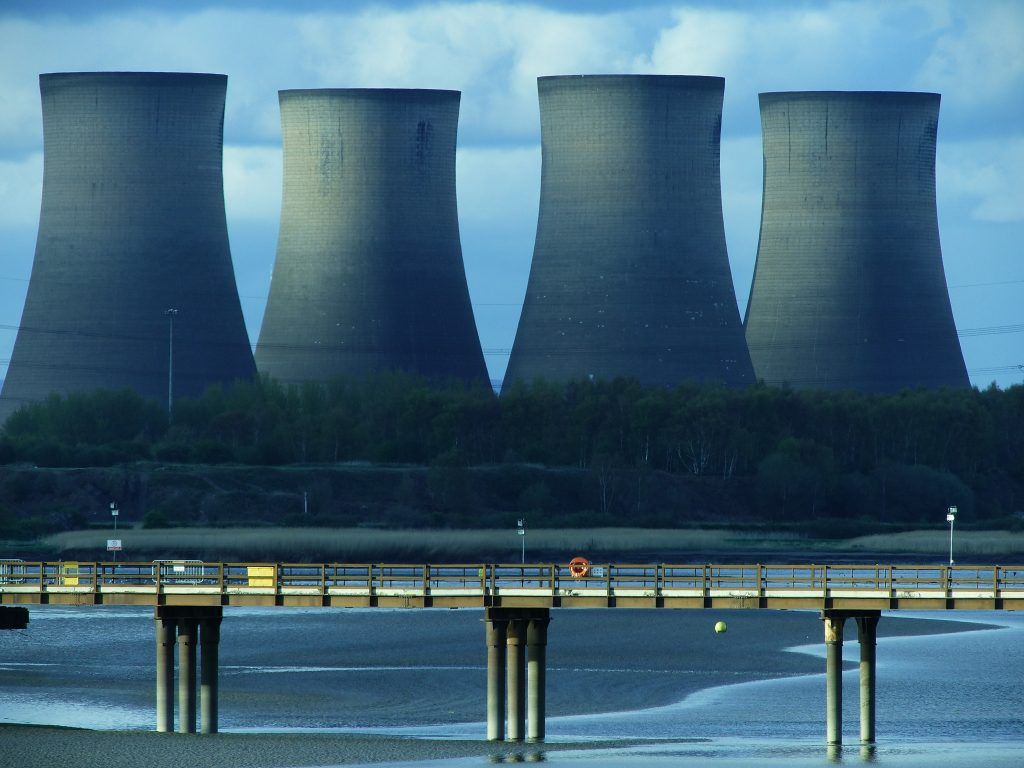A containment failure: How American nuclear regulators undercut power plant safety from the beginning
By Victor Gilinsky | May 4, 2018
 Part of the bridge to zero emissions?
Part of the bridge to zero emissions?
In 1965, the US Atomic Energy Commission made a fateful decision to license nuclear power plants that, top safety experts believed, had containment structures that were inadequate to contain dangerous releases of radioactivity in the case of core-melting accidents. It was a critical turning point in reactor safety. The AEC’s downgrading of the containment’s role opened the door to smaller, cheaper, “dynamic” containments, which offered significantly less protection in case of a fuel melt accident. Buyers of nearly four dozen large US power reactors opted for the most vulnerable of such containments, of which 30 remain in operation. Because of their inadequate containments, they should all be retired. All but one have exceeded their original 40-year license durations. New plants shouldn’t be licensed unless they include containments that actually do what they were originally supposed to do – contain all radioactive material, even in a worst-case melt-down of a nuclear reactor core.
Together, we make the world safer.
The Bulletin elevates expert voices above the noise. But as an independent nonprofit organization, our operations depend on the support of readers like you. Help us continue to deliver quality journalism that holds leaders accountable. Your support of our work at any level is important. In return, we promise our coverage will be understandable, influential, vigilant, solution-oriented, and fair-minded. Together we can make a difference.














